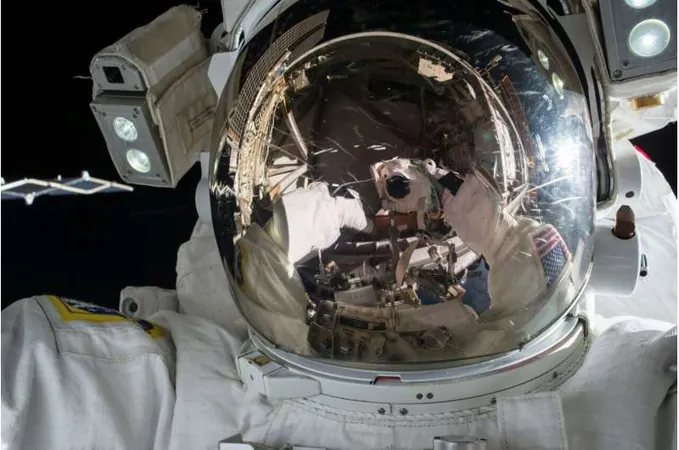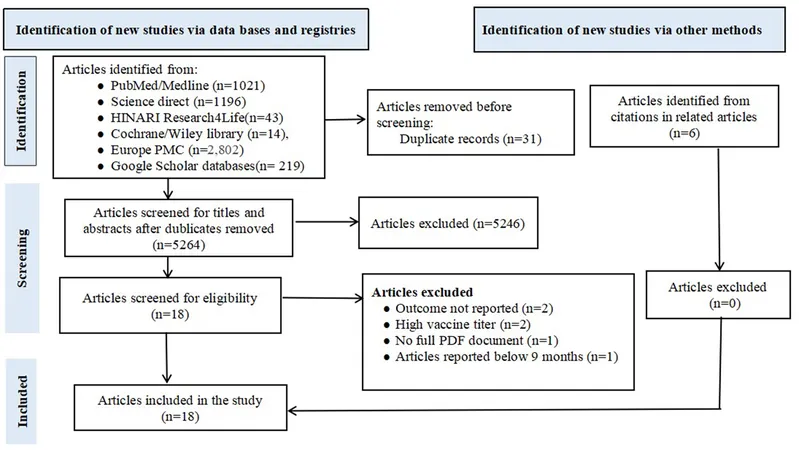
How Astronauts Can Call for Help from the Moon: A Lifesaving Innovation Unveiled
2024-11-21
Author: Wei
Introduction
As humanity gears up for a new era of lunar exploration, the Moon presents a host of challenges, particularly in emergencies. The inhospitable terrain and extreme environmental conditions mean that astronauts could face dire situations, with help potentially days away. Recognizing this critical need, innovative Australian researchers have developed a groundbreaking distress alert system leveraging COSPAS-SARSAT technology, traditionally used for Earth-based emergency responses.
The Distress Alert System
This new system relies on low-power emergency beacons that astronauts can quickly activate during urgent situations. By connecting to a planned network of lunar satellites, these beacons enable real-time communication and rescue coordination—an absolute necessity when seconds count.
Addressing Communication Delays
A recent revelation from a team at the University of South Australia (UniSA) highlights the communication complications posed by distance, with signals taking over one second to relay back to Earth. This delay could prove disastrous in emergencies. Their research, published in October 2024, seeks to tackle these challenges head-on, especially as NASA's Artemis program aims to establish a sustained human presence on the Moon and push the boundaries of exploration.
The Artemis Program and Its Importance
The Artemis program aims to return humans to the lunar surface for the first time since the Apollo missions. Excitingly, this upcoming mission plans to land astronauts in 2025, including the first woman and the first person of color on the Moon. However, the risks associated with exploring isolated regions, like the lunar south pole, cannot be underestimated. This is where UniSA's initiative comes into play, aimed at enhancing astronaut safety through an integrated emergency response system capable of issuing safety warnings, facilitating incident reporting, and tracking the precise locations of astronauts.
Collaboration for Safety
In a collaborative effort, scientists from Adelaide and the United States are crafting a constellation of satellites designed to improve communication and navigation on the Moon. This system will empower astronauts to send emergency alerts to a network of satellites, with those satellites then relaying data back to Earth or to nearby lunar stations.
Continuous Communication
Dr. Mark Rice, the founder of Safety from Space and an adjunct researcher, describes how the system could provide astronauts with up to 10 hours of continuous communication, even in the rugged mountainous or heavily cratered areas of the Moon. Since its inception in 2018, Safety from Space has garnered $100,000 in government funding to propel lunar search and rescue (LSAR) initiatives forward. Their goal? To engineer a lighter, more reliable radio beacon that extends battery life significantly.
Broader Implications
If the initiative proves successful, not only could it bolster Australia's contributions to the Artemis program, but it may also pave the way for advancements in emergency communications on Earth, particularly in remote regions lacking consistent mobile phone coverage. This fascinating development underscores how space exploration drives innovation that can have a direct impact back home—stay tuned for more breakthroughs from the frontiers of space!



 Brasil (PT)
Brasil (PT)
 Canada (EN)
Canada (EN)
 Chile (ES)
Chile (ES)
 España (ES)
España (ES)
 France (FR)
France (FR)
 Hong Kong (EN)
Hong Kong (EN)
 Italia (IT)
Italia (IT)
 日本 (JA)
日本 (JA)
 Magyarország (HU)
Magyarország (HU)
 Norge (NO)
Norge (NO)
 Polska (PL)
Polska (PL)
 Schweiz (DE)
Schweiz (DE)
 Singapore (EN)
Singapore (EN)
 Sverige (SV)
Sverige (SV)
 Suomi (FI)
Suomi (FI)
 Türkiye (TR)
Türkiye (TR)